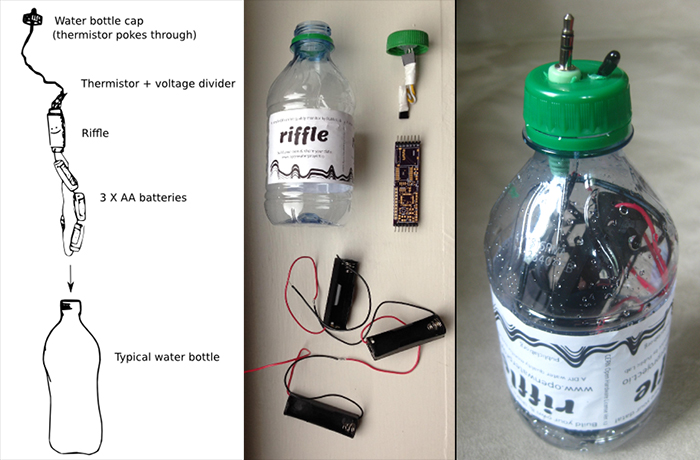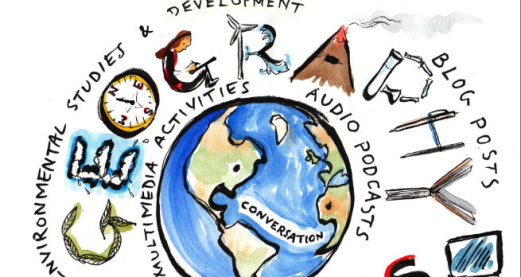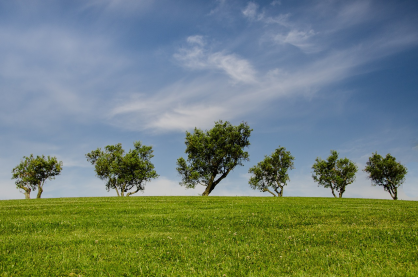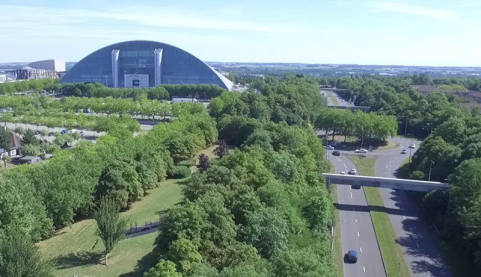Engaging with environmental change requires that societies have the capability to trace out complex issues as these emerge and develop. Environmental change, however, is seldom directly perceptible to human senses. This is one reason why we are increasingly reliant on digital devices to maintain a steady and reliable data stream about the current state of the earth, from equipment that tracks global warming to earthquake warning systems.
Environmental monitoring is not only conducted by scientists and other experts, but also by countless volunteers around the world. The area of ‘citizen science’ has grown over the past few decades due to a policy drive for public participation in science, a greater availability of sensor technology, and the longstanding willingness of people to become involved in issues that concern them. Citizen science is often a reaction to what is seen as insufficient monitoring by governments, and there are several examples of how it can give a voice to marginalised communities, who tend to suffer most from environmental neglect.
A lot of contemporary citizen science revolves around the use of sensors that gather data about, among others, air pollution from urban traffic and groundwater contamination in rural areas from hydraulic fracturing (‘fracking’), or gas extraction from sedimentary rock. Each of these projects is different, but many are defined by an open-access philosophy, meaning that the hardware and software that makes up the sensors can be freely modified and developed by any user. The same applies to the data generated by sensors, which is uploaded to online platforms, where it is available for further dissemination and discussion.
Some sensors are offered as ‘ready-mades’, such as free mobile phone applications that enable people to measure and map air, light and noise pollution in urban spaces. However, sensing projects generally entail crafting bespoke instruments that are adjusted to specific settings. One example is Riffle, a water quality monitor developed by Public Lab, a non-profit group based in the United States. Instead of promoting the device as a complete technology, Public Lab encourages users to build their own equipment through, for example, adding new circuit boards and utilising plastic bottles as enclosures for sensors. It is hoped that this will keep the technology affordable and allow a ‘community of users’ to form around Riffle and collaborate on improving it by sharing ideas on a website.

It is likely that the proliferation of open-access devices and data for detecting and responding to environmental change will intensify in the future. While sensor technology has the potential to spread, its relevance depends on whether sufficient funding and training is available to ensure that data is collected, analysed and stored in a consistent way. This will have an impact on the extent to which it can be combined with other data to influence governance and policies. The most pressing challenge, however, is the need by experts and officials to recognise citizen sensing as a valuable and valid way to investigate environmental change and to engage in more open forms of knowledge-making.
Kim Kullman is a Lecturer in Geography and works as a Block Lead on the new module ‘Environment and Society’ (DD213), which will be available for study in 2018.




Rate and Review
Rate this article
Review this article
Log into OpenLearn to leave reviews and join in the conversation.
Article reviews